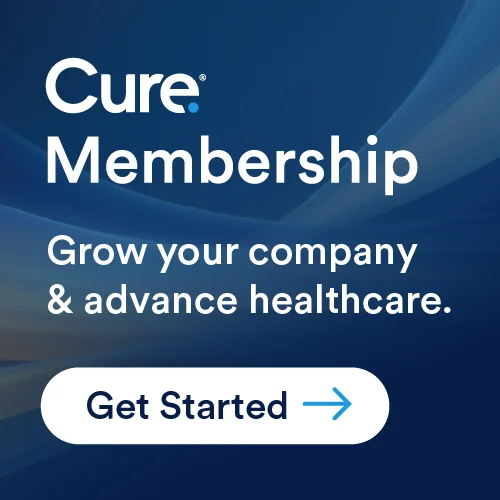
Overview
Understanding how life sciences entrepreneurs can best use patents and copyrights to safeguard IP as an asset offers protection against others copying the discovery and can help set up a smoother path to market.
How best to use patents and copyrights to safeguard IP?
Protecting an innovation or discovery as intellectual property (IP) is one of the most challenging issues facing life sciences entrepreneurs.
Understanding how best to use patents and copyrights to safeguard IP is far from simple. Early stage companies that get it right early in development, however, protects against others copying the discovery. It also can help an early stage company transform its IP into assets that can be sold or licensed and can help set up a smoother path to market.
Stephen Thau, JD, co-chair of the life sciences group at Orrick, Herrington & Sutcliffe LLP, shared the five questions about IP that startups commonly face when considering patents, copyrights and trade secrets.
This conversation has been edited for length and clarity.
1. What is the most common type of patent?
The most common type of patent is a utility patent, which protects the right to use a novel thing. It doesn't have to be a mechanical machine, but it can't be a thing found in nature. So, identifying a molecule that already exists is not patentable, but figuring out a use of that molecule to cure a disease is likely patentable.
In the United States, [utility] patents are valid for 20 years from the earliest filing date, and the patent term can be extended a little bit beyond that. Patents are expensive, so young companies want to be thoughtful and strategic in how they decide what to patent. You want to patent those parts of your business that are going to be most critical to your success and that you most want to prevent other people from doing.
You can first file a provisional patent application that doesn't have all the features of a full application. That provisional patent will establish your filing date and can be converted to a full application later. That’s important because the U.S. is a first-to-file system. So, if there are two companies that are competing over an area and trying to establish priority of their patents, the first one that files wins.
2. When you develop a new product with a partner like a university or contract research organization, who owns the IP?
The basic answer is that if the company has protected the IP it created, the company is going to own that IP.
In the agreement between the company and the university or clinical research organization, the contract will include language about what happens to any new IP. And there'll be license rights for the [partner] under the sponsored research agreement. That sponsored research agreement will include provisions that give the partner the right to practice the IP for the sponsored research.
3. What are the main differences between patents and copyrights?
Copyrights derive from art, but they have become adapted to other forms of expression. For example, you can have patents that cover what a software code does, but the code itself is generally subject to copyright.
Copyrights give companies different rights than patents do. Patents give you the right to make, use and sell the invention.
Copyrights, because they're derived from art, give you the exclusive right to copy, distribute, make derivative works from and perform your material. You're not going to perform your code, but you're going to copy and distribute it. And if you decide you want to take the code and do something similar with it in a different context, that’s derivative.
4. Is content created by artificial intelligence considered IP?
Say you use generative AI to write your code. Do you need to worry about copyright? It’s a really good question, and it’s unclear right now. The problem is that large language models are all trained on sets of code. So, is that a derivative work or not? It’s a legal question that’s unresolved at this point.
5. What if a life sciences company doesn’t want to patent an invention because patents are published and it doesn’t want competitors to have access to the information?
If you have an invention but you want to keep it close to the vest, you can maintain it as a trade secret. A trade secret is any information that derives economic value for having been kept a secret.
Drug formulations and manufacturing processes are commercially valuable. The right growth medium for the cells, for example, allows them to survive. It’s the secret sauce, and there are other essential processes for manufacturing the protein that's created by those cells. So, there are reasons for keeping those manufacturing process steps confidential.
You do have to take steps to maintain trade secrets. If you're in a conversation with investors and you want to ensure your trade secrets are protected, you have to talk under a non-disclosure agreement, so that the process you’re discussing does not lose its trade-secret status.







